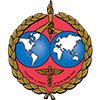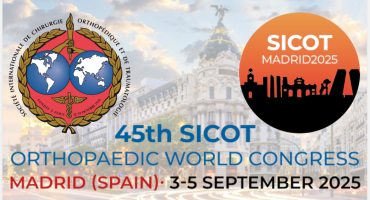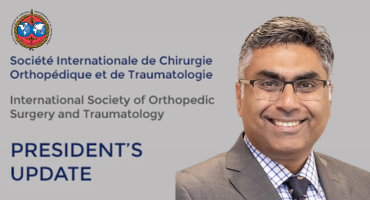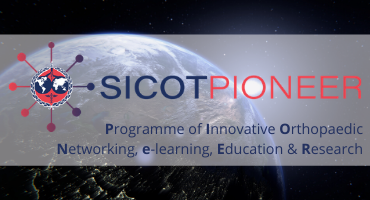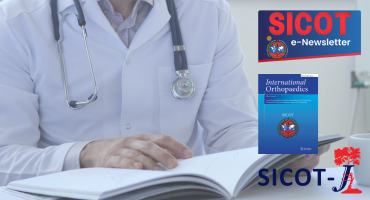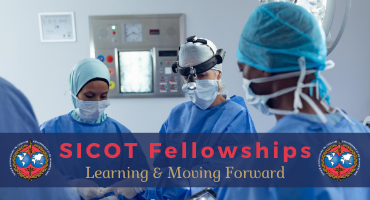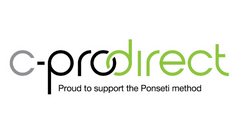Computer-Assisted Virtual Preoperative Planning for the Treatment of Pilon Fractures: A Retrospective Propensity Score-Matched Cohort Study
J Bone Joint Surg Am. 2025 Feb 28. doi: 10.2106/JBJS.24.00473. Online ahead of print.
ABSTRACT
BACKGROUND: Preoperative planning is critical for the operative management of any fracture. Unfortunately, conventional planning methods for pilon fractures have not yielded satisfactory results. Therefore, the purpose of this study was to evaluate whether the outcomes of surgically treated pilon fractures could be improved with computer-assisted preoperative planning.
METHODS: Between January 2010 and December 2019, 611 East Asian patients (≥18 years old) with a pilon fracture were identified. After 107 patients were excluded, the final cohort comprised 504 patients: 294 received conventional planning and 210 received computer-assisted preoperative planning. The primary outcome measure was the Olerud-Molander Ankle Score (OMAS) at 12 months. The secondary outcomes were lower-limb function, pain, quality of life, quality of fracture reduction, and complications related to soft-tissue and bone healing. Propensity score matching for 20 baseline characteristics yielded 204 patient pairs.
RESULTS: In the entire cohort of 504 patients, the median age was 41 years (interquartile range, 37 to 46 years) and 375 patients (74.4%) were male. After matching (408 patients; 204 patients in each cohort), patients who received computer-assisted preoperative planning had a better mean OMAS value at 12 months (80.3 points [95% CI, 79.5 to 81.1]) than patients for whom the conventional planning method was used (73.2 points [95% CI, 72.5 to 74.0]; mean difference, -7.1 points [95% CI, -8.2 to -6.0]; p < 0.001). Similarly, better outcomes were observed for lower-limb function, pain, quality of life, and reduction quality in the computer-assisted planning group. Patients who received computer-assisted planning had a lower rate of soft-tissue complications (9.3% [19 of 204 patients]) than patients who received conventional planning (18.6% [38 of 204 patients]; absolute rate difference, -9.3% [95% CI, -16.1% to -2.6%]; relative risk, 0.45 [95% CI, 0.25 to 0.81]; p = 0.008), but a significant difference was not found with respect to bone-healing complications.
CONCLUSIONS: In patients with a pilon fracture, the use of computer-assisted preoperative planning yielded better functional and radiographic outcomes and a lower rate of soft-tissue complications compared with the use of conventional planning methods.
LEVEL OF EVIDENCE: Diagnostic Level III. See Instructions for Authors for a complete description of levels of evidence.
PMID:40020040 | DOI:10.2106/JBJS.24.00473
